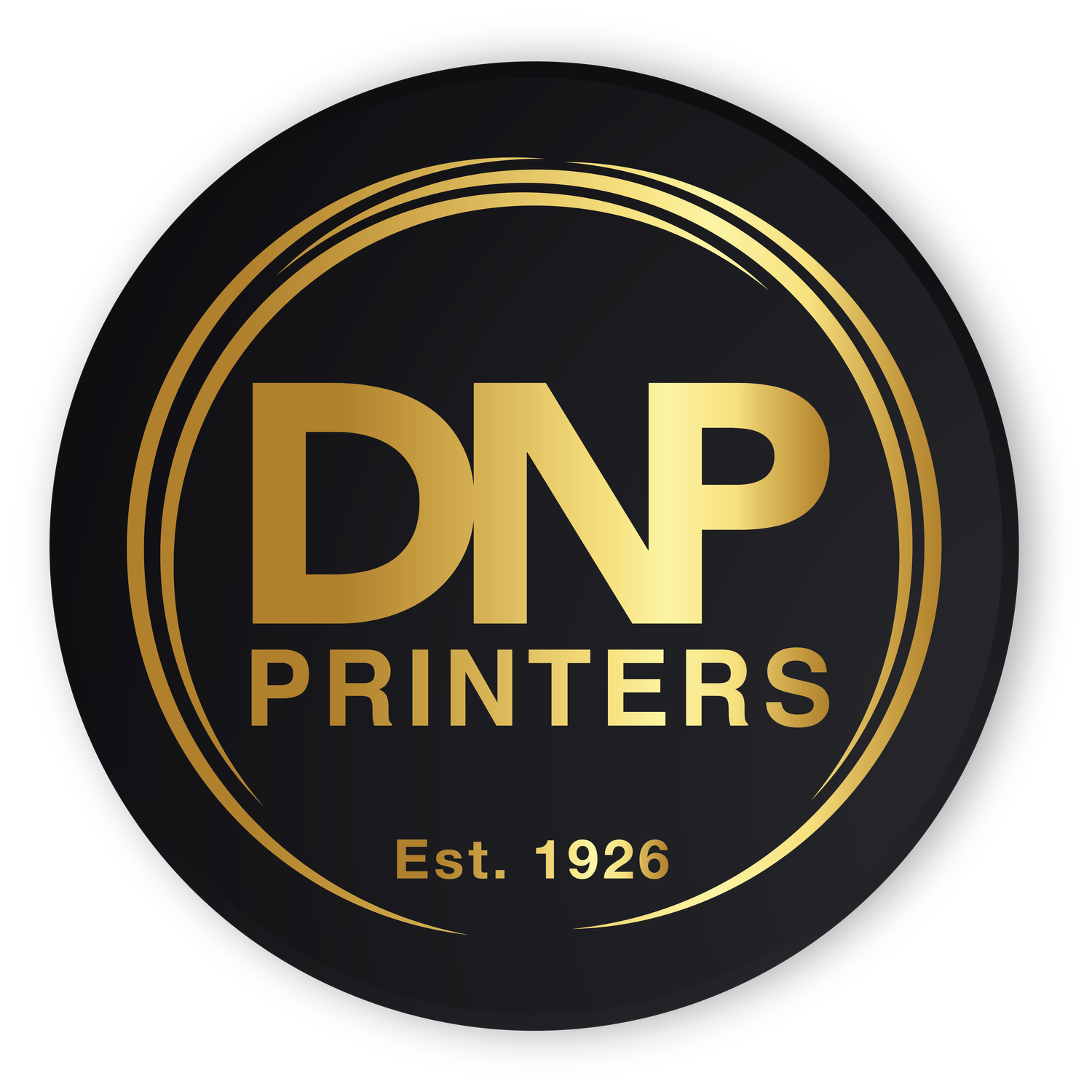Ink Quality Control
Published: January 01, 2003, By Dr. Richard M. Podhajny, PhD, Contributing Editor
“Inks are formulated with many different ingredients to produce unique recipes that provide color on your finished printed package. End-use properties, such as the desired color strength, gloss, adhesion, water-resistance, grease-resistance, scuff-resistance, and lightfastness, are only a few of the ink characteristics you expect in the finished ink product.
In addition, inks must have the right drying rate for the press, appropriate color strength, stable pH, appropriate viscosity for ink transfer, low foaming, low abrasion, and be easy to clean up. All these variables have to be within tight range of ink specs.
As you can see, the quality control (QC) of an ink can be quite involved. For our purposes, let's segment the quality function into (1) Incoming QC of Raw Materials, (2) In-Process QC of the ink recipe in production, and (3) Finished Product QC.
Incoming QC: Quality control emphasis can vary among ink companies. Incoming raw material evaluation is a major part of any quality control program. Since an ink recipe involves many different materials, raw material evaluation takes various forms and often requires your most sophisticated instrumentation. For example, solvents typically are analyzed by gas chromatography, pigments by color computer, and resins or varnishes by infrared spectrophotometers or liquid chromatography. The incoming tests can be voluminous.
In-Process QC: Once the raw materials have been checked and approved, the ink is produced by recipe according to the production batch sheet instruction. This may involve mixing, milling, and filling; e.g., paste inks (lithographic) use different processing equipment than would be used in making liquid inks (flexographic). Among the more important in-process QC checks are the fineness of grind, color strength, and final viscosity. This QC stage is critically important, as adjustments may be necessary to assure product is made within specifications. Any adjustments or modifications require careful record-keeping.
Finished Product QC: Finished product quality control is usually customer-specific. QC checks are made to assure products will perform as expected on customer presses. Ink viscosity, tack, pH, solids, and other characteristics often are measured.
Because of the complexity of the QC process, it is absolutely essential QC personnel receive the appropriate training. This should involve not only being able to run standard QC tests but an understanding of the ramifications of quality variance in the ink and what it means to the customer.
For instance, although tack specs are essential for paste inks to assure predictable press performance, tack variance at the lower end of the scale is more troublesome to the printer than high tack values. Whereas the printer is used to reducing the ink tack at press, he cannot raise the ink tack.
Today, ink quality control is focused on computer-generated documentation that allows statistical records to be kept and Certificates of Analysis to be generated. As a result, the QC analyst must be technically competent not only in the quality testing but with the latest computer data systems.
In addition to standard written procedures, QC procedures today are enhanced with digital video supplements that allow comparison of test procedures among laboratories as well as customers, and they enhance QC training.”
